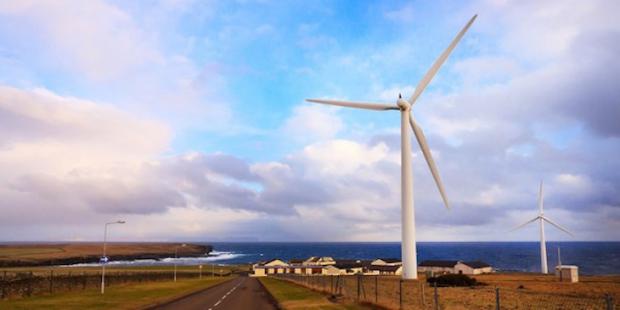
Breaking News
 MELANIA, the film, exclusively in theaters worldwide on January 30th, 2026.
MELANIA, the film, exclusively in theaters worldwide on January 30th, 2026.
 Hospitals murdered COVID patients. The more they killed, the more money they made.
Hospitals murdered COVID patients. The more they killed, the more money they made.
Top Tech News
 This tiny dev board is packed with features for ambitious makers
This tiny dev board is packed with features for ambitious makers
 Scientists Discover Gel to Regrow Tooth Enamel
Scientists Discover Gel to Regrow Tooth Enamel
 Vitamin C and Dandelion Root Killing Cancer Cells -- as Former CDC Director Calls for COVID-19...
Vitamin C and Dandelion Root Killing Cancer Cells -- as Former CDC Director Calls for COVID-19...
 Galactic Brain: US firm plans space-based data centers, power grid to challenge China
Galactic Brain: US firm plans space-based data centers, power grid to challenge China
 A microbial cleanup for glyphosate just earned a patent. Here's why that matters
A microbial cleanup for glyphosate just earned a patent. Here's why that matters
 Japan Breaks Internet Speed Record with 5 Million Times Faster Data Transfer
Japan Breaks Internet Speed Record with 5 Million Times Faster Data Transfer
 Advanced Propulsion Resources Part 1 of 2
Advanced Propulsion Resources Part 1 of 2
 PulsarFusion a forward-thinking UK aerospace company, is pushing the boundaries of space travel...
PulsarFusion a forward-thinking UK aerospace company, is pushing the boundaries of space travel...
 Dinky little laser box throws big-screen entertainment from inches away
Dinky little laser box throws big-screen entertainment from inches away
 'World's first' sodium-ion flashlight shines bright even at -40 ºF
'World's first' sodium-ion flashlight shines bright even at -40 ºF
California Breaks Solar Record By Generating 8,030 Megawatts Of Electricity For Six Million Homes

The state of California in the United States is often referred to as the 'golden state' as it is believed to be the richest of all the states due to the economic viability of the area. For the past few years, renewable energy has been produced to supply clean and affordable energy there. Now, California has broken all the solar generation records because of it.
According to California's Independent Solar Operators Corporation (ISO), 8,030 megawatts of large-scale solar power was generated at 1:06 p.m. on July 12, nearly doubling the amount of solar energy produced in mid-2014, and nearly 2,000 megawatts higher than in May 2015.
This new record was set solely by large solar plants. It does not take into consideration 537,637 smaller solar panel arrays installed on private homes and business' rooftops. According to San Francisco Gate, that's enough energy to power more than 6 million households.
"This solar production record demonstrates that California is making significant strides forward in connecting low carbon resources to the grid in meeting the state's goal of reaching 33 percent renewables by 2020," ISO President and CEO Steve Berberich said.

 The Prime Directive is Evil
The Prime Directive is Evil
 Don't Worry About Bitcoin
Don't Worry About Bitcoin

